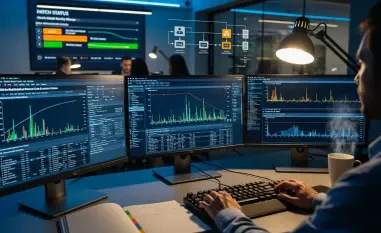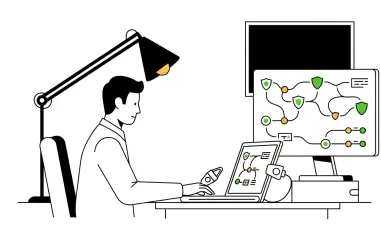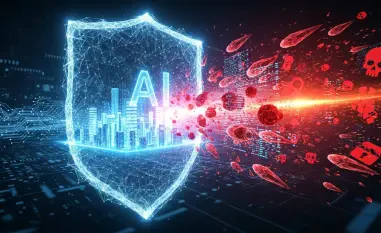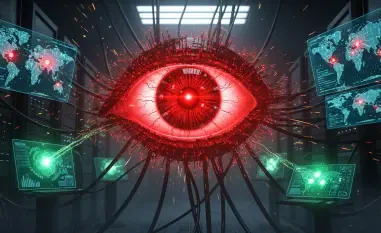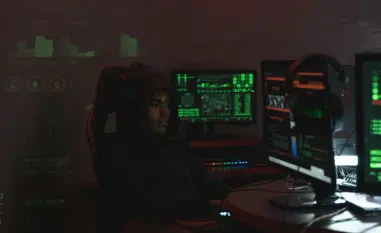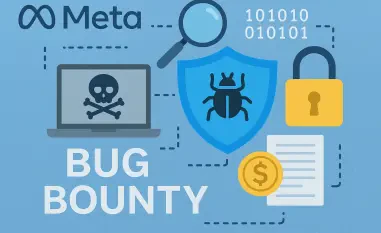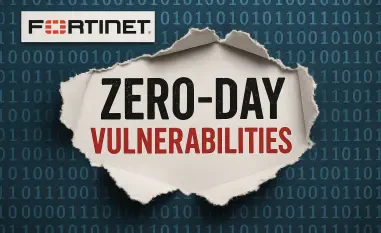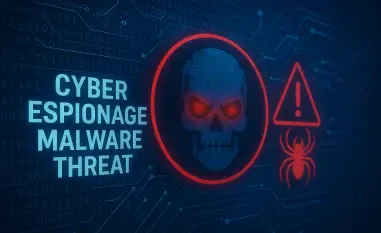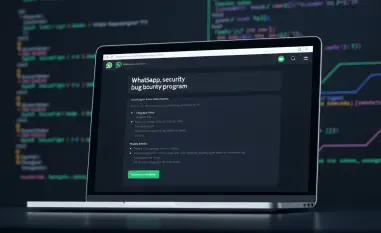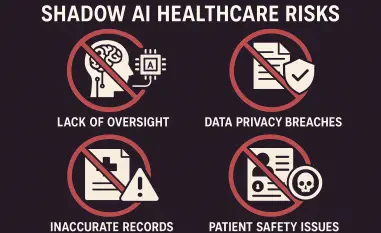Malik Haidar, a renowned cybersecurity expert with a wealth of experience in tackling threats within multinational corporations, provides us with insights into the critical vulnerabilities addressed by SAP in May 2025. With his expertise in integrating business insights into cybersecurity strategies, Malik offers a comprehensive understanding of the issues and potential solutions.
Can you explain the significance of SAP’s Security Patch Day in May 2025?
SAP’s Security Patch Day in May 2025 marked an important step in addressing ongoing security challenges affecting customers globally. This event is critical as it introduced 16 new and two updated security notes, focusing on vulnerabilities within SAP systems that could lead to significant exploitation if left unpatched. It’s about fortifying the defenses of enterprise software and mitigating risks potentially threatening organizational operations.
What are CVE-2025-31324 and CVE-2025-42999, and why are they considered critical vulnerabilities?
Both CVE-2025-31324 and CVE-2025-42999 represent critical threats within the SAP NetWeaver system due to their severe potential impacts. CVE-2025-31324 involves a remote code execution vulnerability that received a perfect CVSS score of 10, indicating the utmost level of severity. Meanwhile, CVE-2025-42999, with a slightly lower score of 9.1, is an insecure deserialization issue. Together, these could allow attackers to perform unauthorized actions on compromised systems, affecting confidentiality, integrity, and availability.
How has CVE-2025-31324 been exploited in the wild since January?
CVE-2025-31324 has been actively exploited in the wild since January, primarily targeting NetWeaver’s Visual Composer. Attackers have taken advantage of this vulnerability to gain unauthorized control over servers, using publicly available information to execute remote code and deploy webshells, which could be leveraged for further malicious activities. The ongoing threat from opportunistic attackers capitalizing on this vulnerability underscores its critical nature.
What role does the Visual Composer development server component play in these vulnerabilities?
The Visual Composer development server component is central to these vulnerabilities as it forms the basis for CVE-2025-31324’s remote code execution flaw and CVE-2025-42999’s insecure deserialization issue. This component serves as a gateway for attackers to inject malicious code, thus exploiting these vulnerabilities for unauthorized system access. Its exploitation highlights the importance of securing development components within enterprise solutions.
How have opportunistic attackers been leveraging webshells in their attacks?
Opportunistic attackers have been using webshells as a persistent method to maintain access to compromised systems after the initial exploitation of weaknesses like CVE-2025-31324. By deploying webshells, attackers can execute commands remotely, establish backdoors, and further exploit the system, all while remaining undetected. This technique allows attackers continuous control and the ability to carry out additional malicious activities over time.
What did Onapsis discover about the pattern of attacks observed in March 2025?
In March 2025, Onapsis observed a distinctive attack pattern that began with exploratory probes and then escalated to full-fledged exploits abusing both CVE-2025-31324 and CVE-2025-42999. This pattern demonstrated a well-coordinated effort to exploit the vulnerabilities, leveraging a lack of authentication alongside insecure deserialization. The analysis underscored the complex nature of modern cyber attacks, which utilize multiple vulnerabilities in tandem for severe impact.
How does the lack of authentication contribute to the exploitation of NetWeaver vulnerabilities?
The absence of authentication in the affected systems significantly lowers the barriers for attackers, allowing them easy, unauthorized access to execute arbitrary commands on NetWeaver systems. When there’s no proper authentication mechanism, it opens doors for attackers to exploit vulnerabilities freely, highlighting the necessity for rigorous access controls and authentication protocols in safeguarding applications.
Can you describe the insecure deserialization issue tracked as CVE-2025-42999?
CVE-2025-42999, identified as an insecure deserialization vulnerability, occurs when untrusted data is fed into an application, leading to remote code execution within SAP’s Visual Composer. This vulnerability can be manipulated by attackers to deserialize data maliciously, thereby executing commands on the system without proper privileges. Addressing this flaw is crucial as deserialization bugs can lead to severe security breaches.
How should organizations respond to mitigate risks associated with CVE-2025-31324 and CVE-2025-42999?
Organizations should promptly implement SAP’s security patches, specifically SAP Security Notes 3594142 and 3604119, to mitigate risks associated with these vulnerabilities. Regular system audits, enhanced monitoring for unusual activities, and restricting VisualComposerUser role privileges are essential preventive measures. Proactively updating all systems with these patches will be pivotal in safeguarding against such exploits.
What updates were made to the critical notes addressing code injection issues in SAP systems?
SAP updated two critical notes targeting code injection vulnerabilities within S/4HANA and Landscape Transformation with CVE-2025-27429 and CVE-2025-31330. These updates focused on rectifying flaws that, while having different CVEs, addressed similar code injection issues, reinforcing the affected systems against potential exploits. These revisions emphasize the need for continual vigilance in maintaining software security.
How do the vulnerabilities in Supplier Relationship Management, S/4HANA Cloud, and Business Objects Business Intelligence Platform differ?
The vulnerabilities differ in impact and scope, ranging from high-severity issues in critical business processes to medium-severity bugs affecting system operations. While Supplier Relationship Management and S/4HANA Cloud involve operational impacts on business interactions and resource management, Business Intelligence Platform vulnerabilities could affect data integrity and reporting accuracy. Each requires individual assessment and mitigation due to differing functionalities and threat landscapes they present.
Why is it important for SAP customers to apply security notes promptly?
Timely application of security notes is essential to protect against rapidly evolving threats. Delays can leave systems exposed to zero-day attacks, where exploits are actively targeting known vulnerabilities before patches are implemented. Prompt updates reinforce system integrity, protect sensitive data, and maintain operational continuity against potential cyber threats.
How does SAP categorize vulnerabilities in terms of severity?
SAP assesses vulnerabilities based on the potential impact using the CVSS (Common Vulnerability Scoring System), classifying them into critical, high, or medium severity. Critical vulnerabilities generally involve remote execution impacts with no prerequisites, thus demanding immediate attention, while high and medium relate to less severe but significant system compromises needing timely action.
How does Onapsis’s role influence the understanding and mitigation of these vulnerabilities?
Onapsis plays a crucial role by delivering insights drawn from their specialized research and industry expertise, helping to identify, analyze, and communicate vulnerabilities’ impacts. Their detailed assessments guide organizations in applying effective mitigations, transforming complex cybersecurity challenges into manageable risks, thereby enhancing the resilience of SAP applications against sophisticated cyber threats.
What is your forecast for cybersecurity challenges in enterprise systems like SAP?
As enterprise systems become increasingly interconnected and data-driven, cybersecurity challenges will grow in complexity and frequency. We can expect more intricate, multi-faceted attacks, necessitating advanced threat detection and response strategies. The future will demand proactive risk management, continuous learning, and adaptive security frameworks to protect against evolving threats and safeguard enterprise applications.

